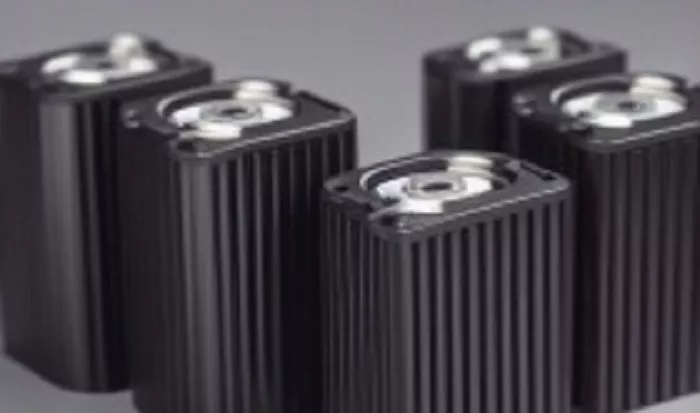CITIC Construction Investment released a research report stating that with the continuous improvement of smartphone performance and power consumption, as well as the maturation of thin heat pipe and vapor chamber production processes, the penetration rate of heat pipes and vapor chambers in the smartphone sector has been on the rise, gradually becoming the mainstream cooling solution for mid-to-high-end smartphones. In the future, with the continuous upgrading of 5G mobile phone performance and internal functional components, a larger cooling application market is expected to be stimulated.
For notebook computers, the cooling system typically combines thermal interface materials, graphite films, heat pipes, and cooling fans. Going forward, the demand for high-performance and lightweight devices will impose stricter requirements on cooling efficiency.
In the new energy battery sector, liquid cooling has become the optimal cooling method due to strict thermal management needs. As the penetration rate of new energy vehicles continues to increase, high-rate fast charging technologies face significant cooling challenges. High-end models have already adopted 5C-6C charging rates, which, while improving charging efficiency, place higher demands on battery safety and cooling optimization. Given that batteries account for 40%-50% of the total cost of new energy vehicles and their optimal operating temperature range is only 15℃-35℃, liquid cooling—by leveraging strong convective cooling fluids to dissipate heat—significantly improves cooling efficiency and ensures uniform temperature distribution in battery systems, making it the preferred solution. This has created vast market potential for battery liquid cooling and liquid-cooled ultra-fast charging technologies.
In the server segment, liquid cooling solutions have become indispensable. The surging demand for high computing power has driven the single-machine power density of data centers to rise, rendering traditional air cooling systems inadequate. Liquid cooling technologies, mainly including cold plate, immersion, and spray types, have emerged to meet this need. Among them, cold plate liquid cooling, accounting for approximately 90% of the overall liquid cooling market, is the current mainstream due to its high maturity and wide application. This technology achieves heat dissipation through direct contact between the cold plate and heat sources, combined with convective heat exchange of the cooling medium. All-liquid-cooled server designs now incorporate cold plates for multiple components to ensure comprehensive thermal management.
Additionally, the upgrade of AI capabilities has heightened requirements for mobile phone hardware, further boosting demand for advanced heat dissipation solutions. As smartphone performance and power consumption continue to escalate, the cooling market is poised for sustained growth driven by technological advancements and application expansions across multiple industries.
Related Topic:

